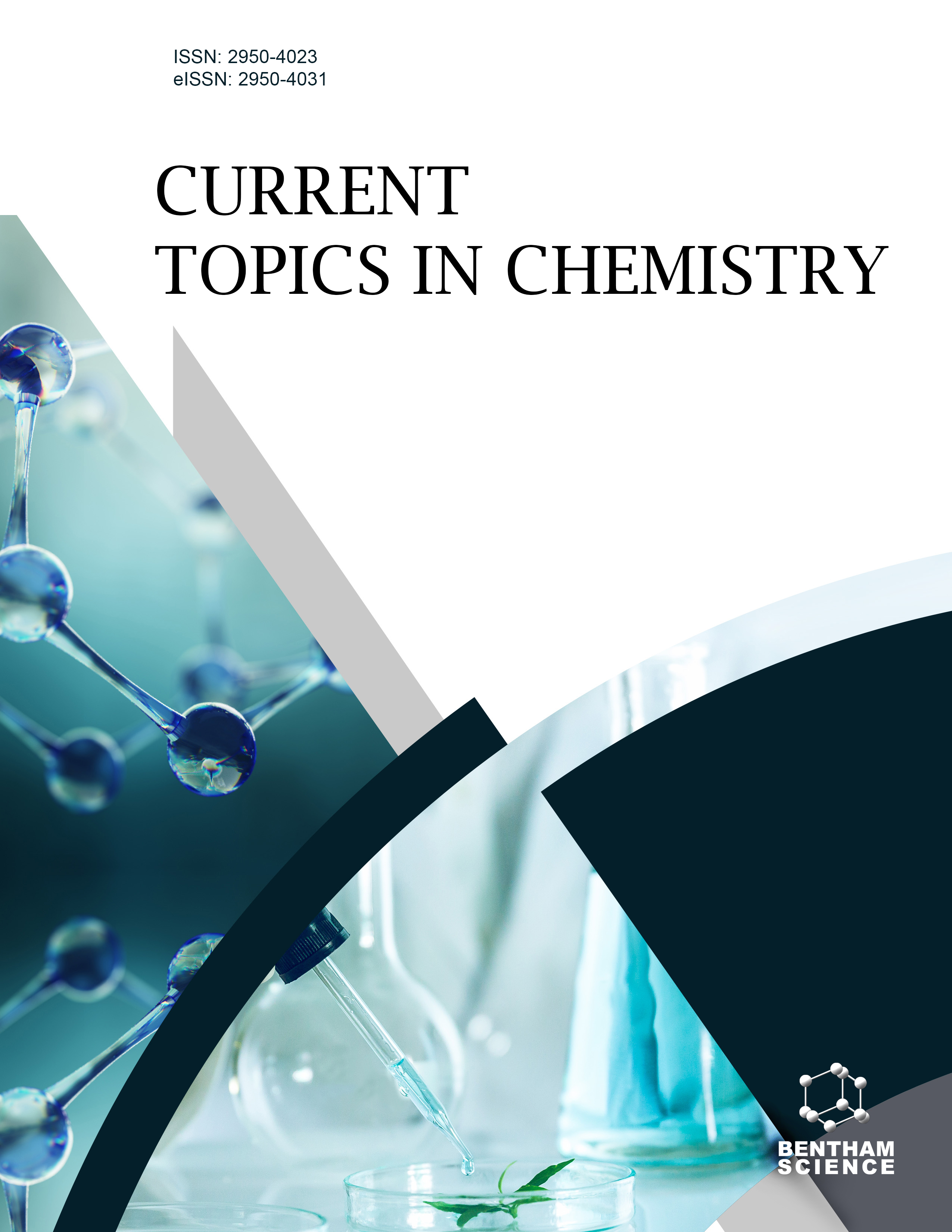- Home
- A-Z Publications
- Current Topics in Chemistry
- Issue Home
Current Topics in Chemistry - Current Issue
Volume 4, Issue 1, 2024
-
-
Sustainable Green Synthesis and Molecular Docking Study of a Bis-Fused System Incorporating Pyrido[2,3-d]pyrimidine using Nanocatalyst under Microwave Condition
More LessAimsThis study aimed to employ sustainable green methods in the synthesis of bis-fused cycles incorporating pyrido[2,3-d]pyrimidine moiety using a green catalyst nano ZnO catalyst by one-pot, multicomponent reaction among 2,2'-(propane-1,3-diylbis(sulfanediyl)) bis(6-aminopyrimidin-4(3H)-one) 3, 1H-indene-1,3(2H)-dione 4, and aromatic aldehydes 5.MethodsThe reactions proceeded with both conventional and microwave ( Read More
-
-
-
Micro-Milli Scale for the Removal of Iron and Copper by a Positively Charged Foam before Nickel Colorimetric Detection using Handy Spectrometer
More LessAuthors: Piyanat Issarangkura Na Ayutthaya and Monnapat VongbootIntroductionA simple alternative removal of iron and copper before the determination of nickel was proposed. The procedure was based on sampling a milligram sample and a micro-milliliter operation.MethodsThe method has been applied to jewelry items. A 50 mg sample was digested by 5 mL of nitric acid with heating. The obtained solution was added to KSCN before passing through polyurethane foam (PUF) (1 cm i.d. Read More
-
-
-
Emerging Role of Ionic Liquids in the Fabric Industry
More LessBy Umaima GazalProfitable interest in the pervasive packaging of ionic liquids has continued to increase due to its several advantages and environmentally pleasant nature. Fabric enterprise is stated to be the most important enterprise as a result of a rapid increase in the populace across the globe. Certain ionic beverages can dissolve textile fibers. Therefore, ionic liquids are doubtlessly appropriate for material production and recycling. The dyei Read More
-
Volumes & issues
Most Read This Month Most Read RSS feed
Article
content/journals/ctc
Journal
10
5
false
en


